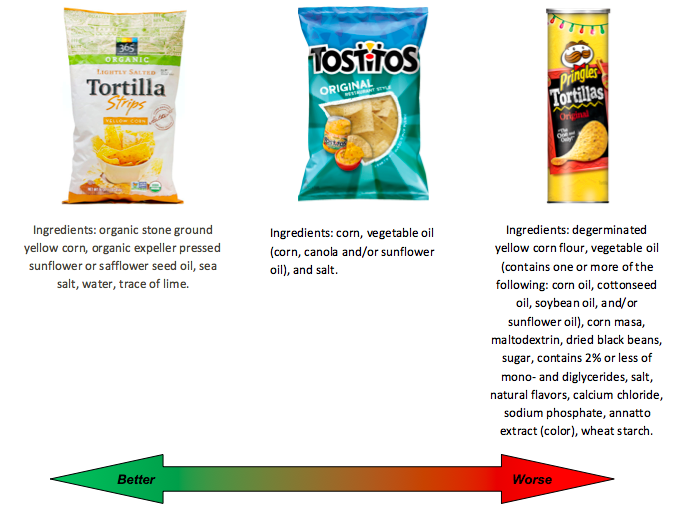
The word Metabolism is a popular term these days.
Most of us know that if our metabolism is “slow”, then we’re likely to gain weight.
But how does a person’s metabolism slow down–or speed up–and what does all that mean?
What does Metabolism mean?
The word “metabolism” is used to describe all of the biochemical reactions in your body. It’s how you take in nutrients and oxygen and use them to fuel everything you do on a daily basis.
Your body has an amazing ability to move, heal, and stay alive. Without this amazing biochemistry, life itself would not be possible.
Your Metabolism involves how the cells in your body:
- Allow for activities you can control (e.g. physical activity, exercise, movement,).
- Allow for activities you can’t control (e.g. heart beat, healing injuries, digestion, processing of nutrients, etc.).
- Allow for storage of excess calories for later.
All of these processes put together form your metabolism. You can start to see how these processes can function slowly, quickly, or just right.
This leads us to learning about your “metabolic rate”.
What’s your Metabolic Rate?
Your Metabolic Rate is how fast (or efficient) your metabolism works and it’s measured in calories.
The calories you eat can go to one of three places:
- Work (i.e. exercise and other activity).
- Heat (i.e. from all those biochemical reactions).
- Storage (i.e. extra leftover “unburned” calories stored as fat).
As you can imagine, the more calories you burn, the easier it is to lose weight and keep it off for good.
There are a couple of different ways to measure metabolic rate. One is the “resting metabolic rate” (RMR) which is how much energy your body uses when you’re not being physically active.
The other is the “total daily energy expenditure” (TDEE) which measures both the resting metabolic rate as well as the energy used for “work” (e.g. exercise) throughout a 24-hour period.
What affects your Metabolic Rate?
Many factors affect how fast, or efficiently, your metabolism works.
The first thing we think of is our thyroid. The thyroid gland sits on the front of your throat and it releases hormones to tell your body to “speed up” your metabolism. The more thyroid hormone you produce, the faster your metabolism will work and the more calories you’ll burn.
But that’s not the only thing that affects your metabolic rate.

How much lean muscle you have also affects your metabolic rate!
Larger people have higher metabolic rates; but your body composition is crucial!
Muscles that actively move and lift weights need more energy than fat does. So the more lean muscle you have, the more energy your body will burn and the higher your metabolic rate will be.
Once you’ve built that muscle, your body will burn more calories–even when you’re not working out (i.e. when your body is at rest).
This is exactly why strength training and weight-bearing exercises are often recommended as part of a weight-loss program. We want muscles to be burning those calories from fat for you!
Unfortunately, when women lose weight, they often times burn muscle instead of fat. This causes their metabolic rate to slow down–which is exactly what we don’t want to happen.
Therefore, there’s a need to offset that weight loss from fat by building lean muscle.
The type of food you eat also affects your metabolic rate!
Your body actually burns calories to absorb, digest, and process the food you eat. This is called the “thermic effect of food” (TEF).
You can use it to your advantage when you understand how your body processes foods differently.
Dietary Fats, for example, increase your TEF by 0-3%; carbs increase it by 5-10%, and protein increases it by a whopping 15-30%.
By trading some of your Fat or Carbs for lean Protein, you can actually increase your metabolic rate!
Another plus to eating protein is that your muscles need protein to be firm and toned.
By training your muscles, and feeding them what they need, you’ll set yourself up for weight-loss success.
What about Stress and Sleep?
Don’t forget about the importance of Stress and Sleep…
Research shows that Stress and Sleep have an impact your metabolic rate. Stress has zero calories and Sleep has zero calories. But, the more stress we have in our lives—the more fat we’re likely to store. And, the less quality sleep we get—the more hungry and tired we’re likely to be. This leads to eating more food to make up for the lack of sleep.
Getting your Stress and Sleep in check is absolutely necessary to allowing your body to be as healthy as it can be, which in turn allows you to burn fat and lose weight.
Combining proper Nutrition, Exercise, Stress, and Sleep will result in the stronger, confident, feel-good body you’re looking for.

Founder, Rock Fit
P.S. Want a great Metabolism–Boosting Recipe that will help you burn fat and build lean muscle?
Sign up below and we’ll deliver this great recipe to you!




